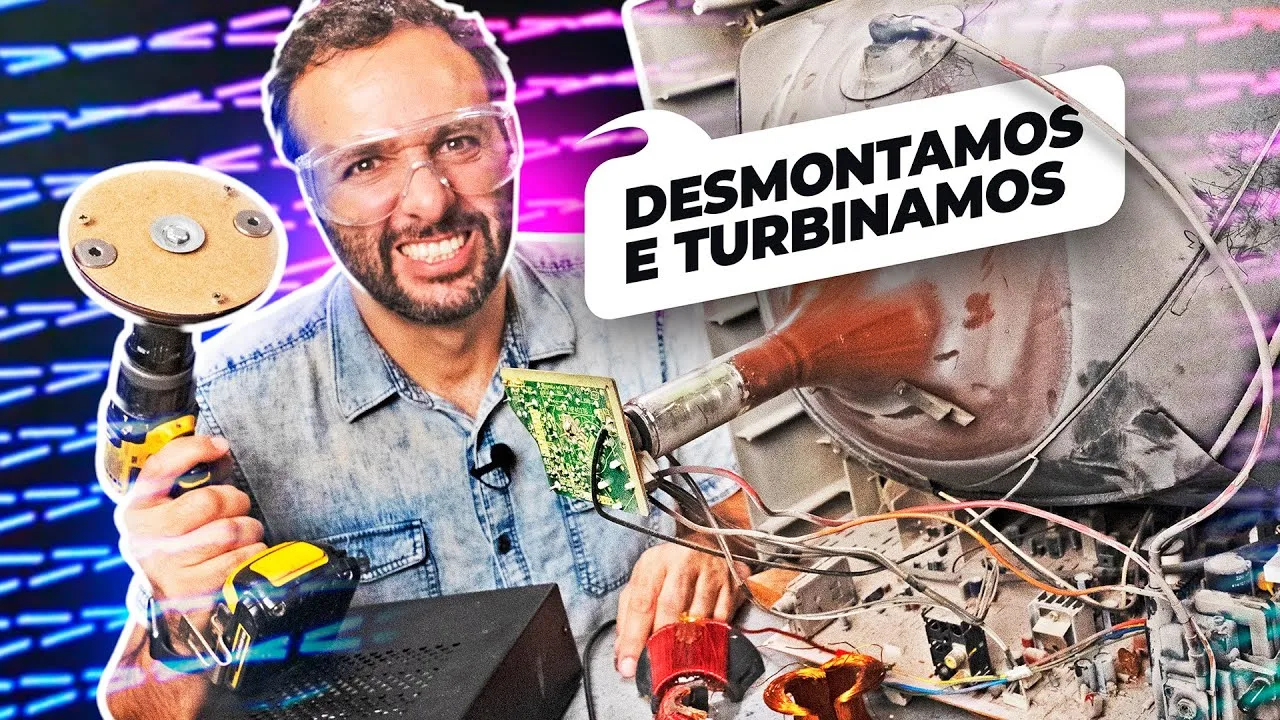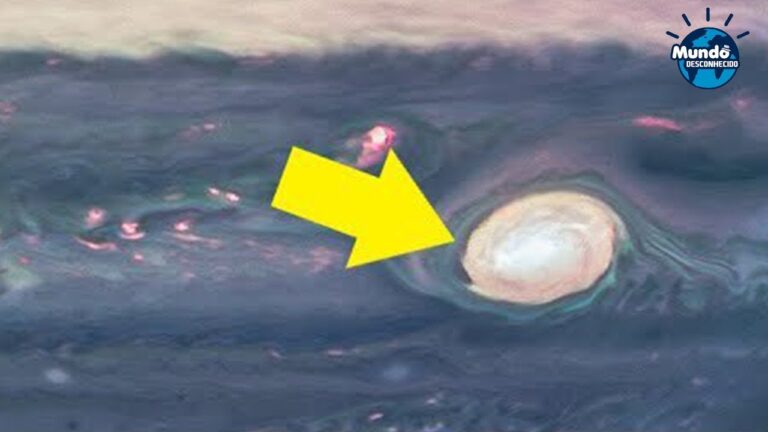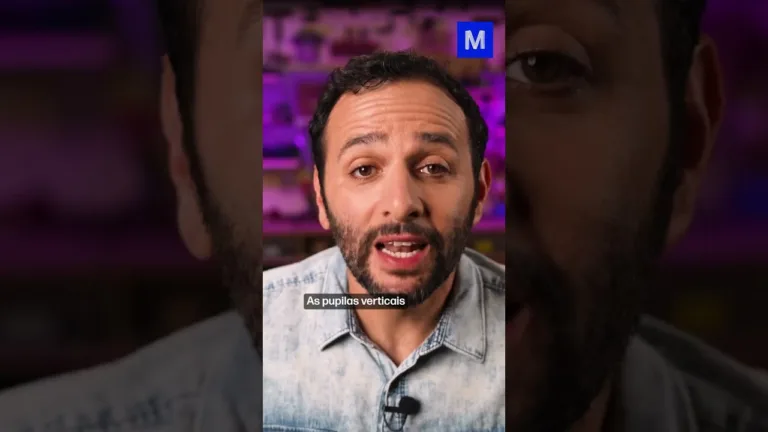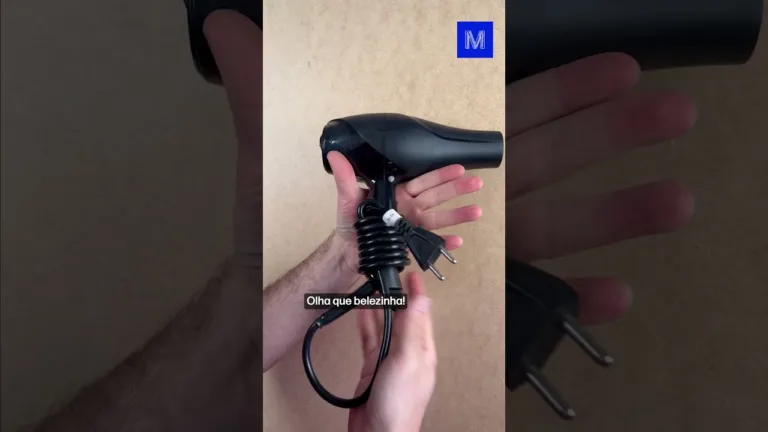Comprei um ACELERADOR de PARTÍCULAS no FERRO-VELHO!
Today, you will see a particle accelerator with material bought in the junkyard. A particle accelerator, as the name implies, is a machine that can accelerate very Tiny things, smaller than an atom, like protons and electrons, at a very high speed, close to the speed of light. It's like an ultra-technological catapult to throw very small things. And it can be Used for a lot of things. In medicine, for the treatment of cancer, for sterilizing Food, making computer chips, building some types of plastics, ceramics. But what We really hear about is particle accelerators in cutting-edge science, because when You manage to accelerate a proton or an electron, then punch one against the other, You will see there some particles that only exist in very special conditions, like Near black holes or even at the birth of the Universe. Typically, these machines Are very large, occupying an entire building, or sometimes much larger than a building. The biggest machine in the world, for example, the biggest machine that man has ever Made is a particle accelerator called the LHC, which is 27 km long. And these machines Help us to advance our knowledge of the universe, to expand the boundaries of science. But what does this old television have to do with particle accelerators? First of All, let's disassemble this TV. Let's agree on one thing: do not dismantle tube TV Under any circumstances in your house, okay? Inside it, there is a lot of energy Stored, like more than 20 thousand volts, and this can give you a very dangerous Shock. We will unload this energy before messing with it. How can such a strange object generate an image up front? It has an electron gun. These electrons will be generated inside this glass here. It has a thin tungsten wire, sort of like an incandescent light bulb. And then, we're going to fill this part with electrons, these electrons need to be Pushed forward. Pushed here to the screen. For this to happen, they put a negative Pole on one side, which will expel the electrons. After all, negative with negative Don't want to be near each other. And in front, a positive pole that pulls the electrons. So, in this snippet here, we're going to have you know what? A particle accelerator. So these electrons will violently come out from behind to be thrown into the tube. And for the television to have aim, to be able to throw the electrons exactly where It wants, we will have two coils, two electromagnets. We can see this coil of wires around here. For these electrons to get right there on the screen, there can't be anything in front
Of the path and that's why there's this glass. Because there can't be air in here, so they remove all the air and that's why we can say that this is a vacuum tube. So, in the end, we have a steerable electron gun that throws electrons here on the screen, it throws them in lines, okay? It makes lines. Where you throw in more electrons, the picture gets brighter. Where you drop fewer electrons, the image gets darker. One more detail. If we simply drop electrons on the glass, nothing will light up, we won't see any image. There needs to be something there that glows the moment the electron hits it. Behind the glass, then, we will have a layer of phosphorus and this is very similar to having a fluorescent lamp. Here we also have a layer of phosphorus that will glow when the gas inside receives a charge of electrical energy. And here's a cool experiment that, yes, this one you can do at home because it's not dangerous. As the phosphorus layer emits light when it receives electrons, if we throw the spark From the lighter here into the lamp, it can light up. Look, it's not enough light to light up your room, but the effect is pretty cool if you do it in the dark. But, Iberê, this explanation is cool and all… but is that what a particle accelerator is? Relax, today's experiment is hacking this television. Since we have two electromagnets here and their magnetic field can direct the electron Gun, what happens, for example, if we bring the magnet close to this television? Just to get something on the screen, let's put that image you saw at the beginning of the video. Supermagnet here. Don't do this experiment on your grandmother's television, because It can ruin the television forever, ok? This one was bought for that very reason. Just getting close already changes the color here in the corner. Are you seeing? Look, the bottom turned blue, the top turned green. Wow. It's cool, but I found this magnet a little tiny. Let's get a bigger one for real. Almost half a kilo of magnet here. Man, the magnetic field 50 cm away is already changing the image. Look, it's already turning green. Wow! Let's see behind the television if we deviate the flow of electrons here. The magnet is shaking in my hand, that's why I'm 30 cm away from the television. Better not play around with it too much here, right? Two tiny magnets always without touching.
Now let's move on to the second part of our experiment. If we managed to deflect the electron beams inside, what would happen if we turned Off the coils that control this electron beam? It's not working. Where do I disconnect these coils? The interesting thing is that in addition to this coil that is outside, there is another One inside that is around it, which you can't see properly because it has a cover. Perhaps it is it who directs the electrons and not this one. In fact, I don't even know which is which. So let's cut any wire and see what happens. Oh boy! It was exactly what I wanted. I must have cut the coil that makes the horizontal control, so the beam can no longer go one way or the other. It just keeps switching from top to bottom. We ended up forming this thread here from top to bottom. And let's put the magnet on the side to see what happens. Just look. Wow. When we thought about this experiment, we came up with the idea Of making the magnets come close and leave very quickly to see if there was a crazy design. We set up a laser cut pattern here to rotate on the tip of the drill. I'll ride, but I have no idea what's going to happen. Will it work? It's like a dancing rainbow. I am trying to see in the mirror the design that is forming. Look at this! Let's go. Speeds up. Look at this drawing! Oh what an amazing thing. If this isn't worth a thumbs up, I don't know what's worth a thumbs up! I'm going to splice one wire and cut the other so the line is horizontal. Huh? I'm going to try to disconnect both coils here. We did it! And that? We disconnect both coils.
Now the electron beam is hitting the exact center of the screen. Look at him running away from me here. Look what a crazy thing. Now the following, this image you see on television is vertical because only the coil That controls the vertical part is working. So, it keeps sending a vertical signal there, but the horizontal one is turned off. What are we going to do? Instead of connecting back horizontally, we're going to connect a sound amplifier horizontally. Inside the speaker, what's in there is a coil as well. So the amplifier can control the coil. But he will try to send a song, he will try to send a sound there and, theoretically, We will be able to see something dancing on television because this coil that controls The electrons will want to control a sound box and not the electrons. And suddenly it can give some interesting design. How crazy! We form a DNA on television. How awesome! Look, I turn the volume up and down. Look at this. We control the machine! This cell phone has a very bad connection. Let's change it to a notebook generating a signal. By volume, I can make the coil stronger or weaker. When I change the sound wave format here, I can change the image that is showing there. Does it work with a microphone? It worked, you're seeing my voice on the screen. If it were a loudspeaker, it would be more or less the movement that the loudspeaker would be making at that moment. Pretty crazy, huh? Depending on the sound I make, I get a different wave. Shall we play a song? Our xylophone music. Want a cool video suggestion that has everything to do with what we showed you today? We did a simulation of what would happen if two black holes collided. And in the Video we start building the universe. It is very cool.







